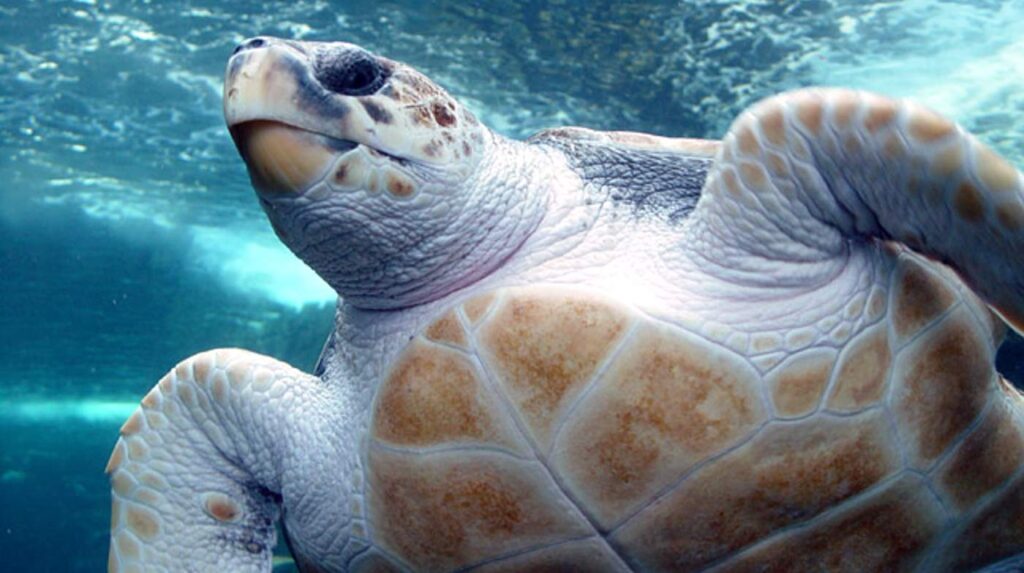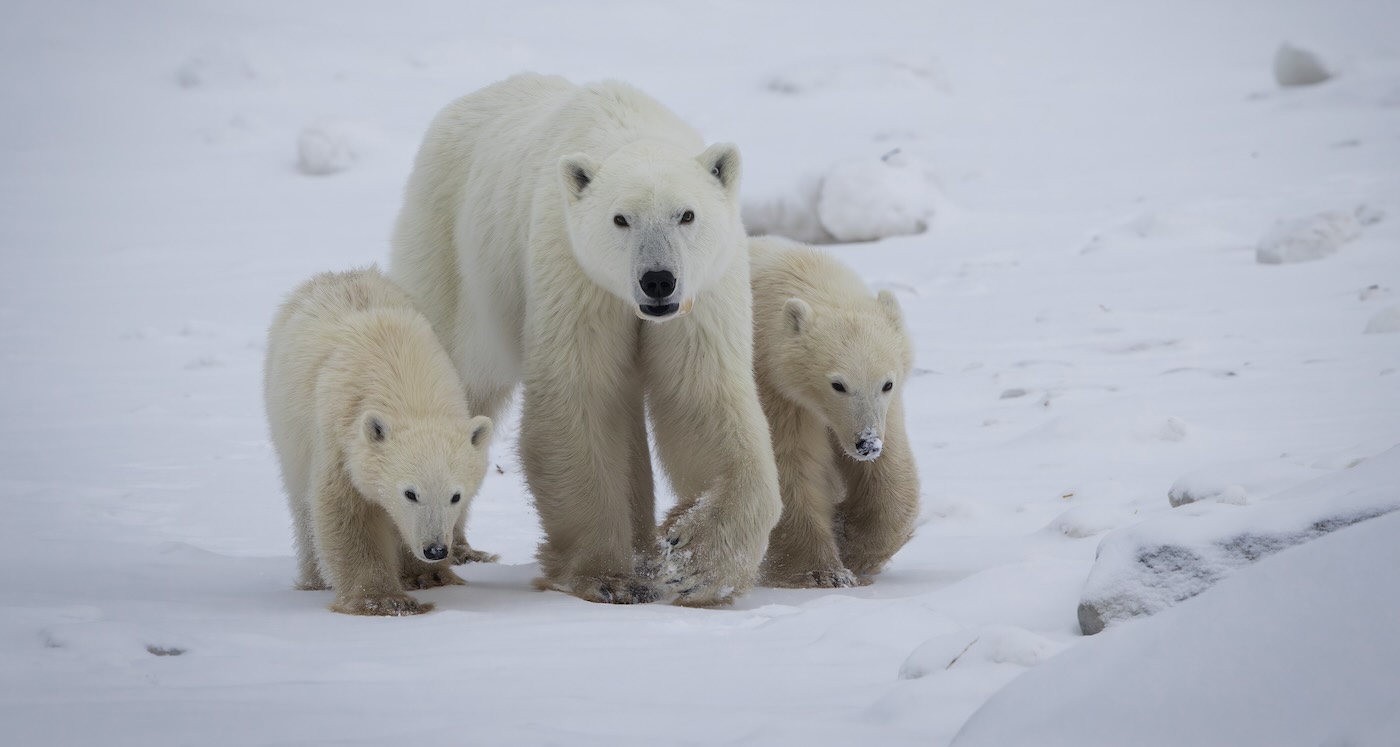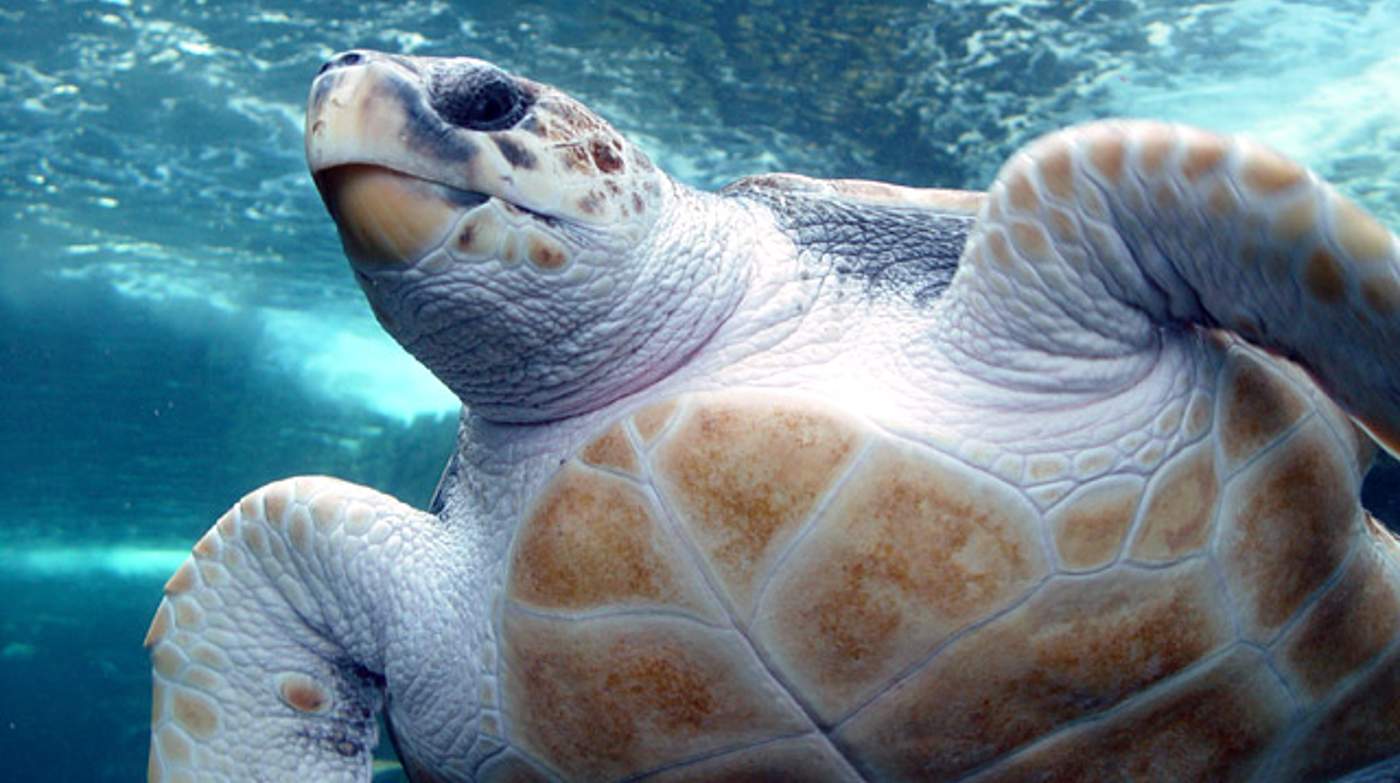
The West African nation of Cape Verde has seen a dramatic increase in the number of loggerhead sea turtle nests on its beaches.
Increasing nearly 2,000% from 2015 to 2020, it places the archipelago as the world’s second-most visited nesting spot for the large marine reptiles.
Boots-on-the-ground work and a changing of economic fortunes have allowed the islanders of Cape Verde to see the turtles as a much-needed part of their marine ecosystem, rather than a slow-moving lunch box as had been the case in leaner times.
During the last six years, nest counts on the islands of Sal, Maio, and Boa Vista have risen from 10,725 to nearly 200,000, while poaching has also significantly fallen.
“With environmental education, watching over 180 kilometers of beaches and applying new legislation that criminalizes hunting and consumption of turtles, the catch rate has decreased significantly, from 8.25% in 2015 to 1.54% in 2020,” said Gilberto Silva, Cape Verdean Minister of Agriculture and Environment.
During nesting season, hundreds of members from local NGOs patrol the beach, counting nest sights under the light from the stars, and guarding the turtles from potential poachers. They will also measure them and secure a tracking chip so their nesting patterns and movements can be studied.
RELATED: Rare Turtles Known For Their Permanent Smiles Saved From Extinction in Myanmar
Another feature of the dramatically successful conservation program is the punishment for poachers. The Guardian reports that after new environmental laws passed in 2018, they are often sentenced to long hours of community service during which they have to follow around the NGO workers, and aid in the loggerhead conservation program.
This offers the chance for poachers to see the sea turtles as a natural treasure rather than a profitable one.
Cape Verde, like Thailand and Florida, noticed that COVID-19-related restrictions led to increases in sea turtles from multiple species, however experts believe the rise is more down to conservation work.
“Conservation efforts in Cape Verde began 20 years ago—that’s the time it takes for baby turtles to come back as adults,” Albert Taxonera, founder and co-director of one of the turtle-protecting NGOs, Project Biodiversity, told The Guardian. What is for certain—these new numbers are good news indeed.
SWIM This Hopeful Finding Over to All Your Pals…




















